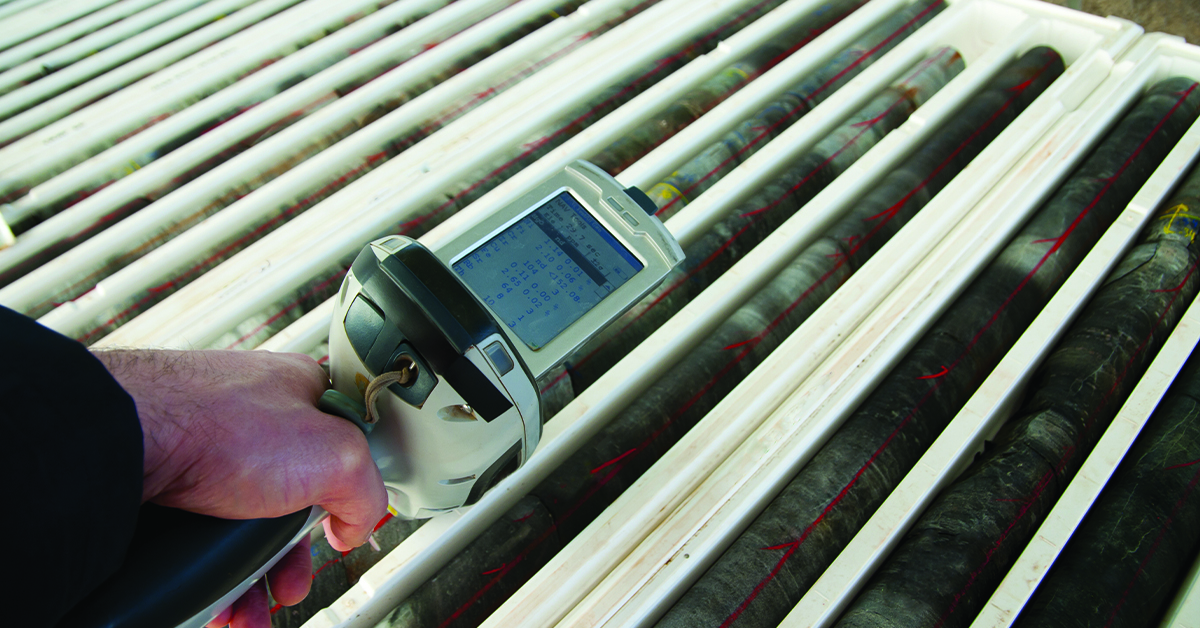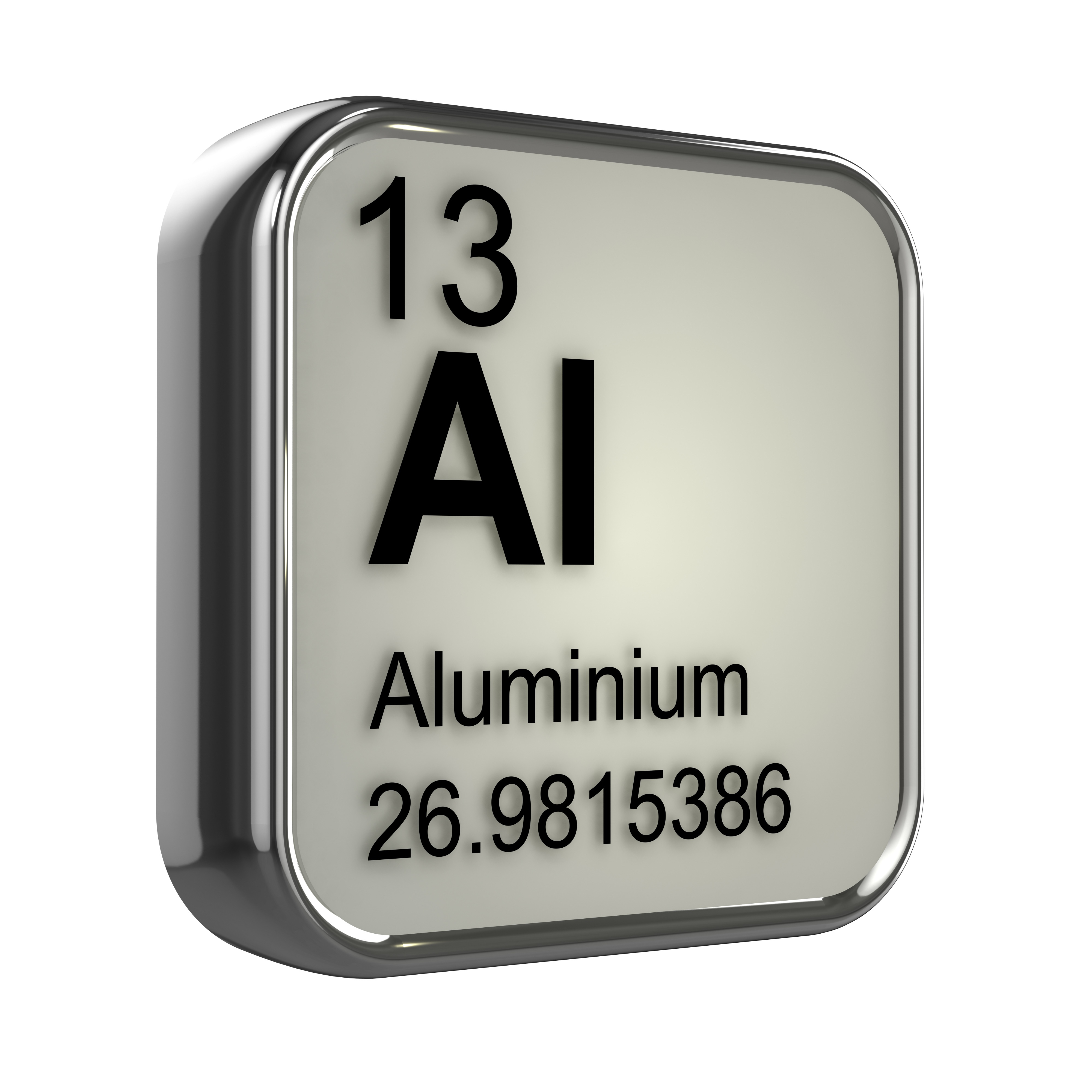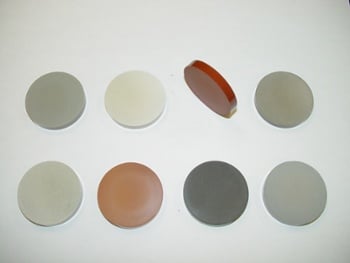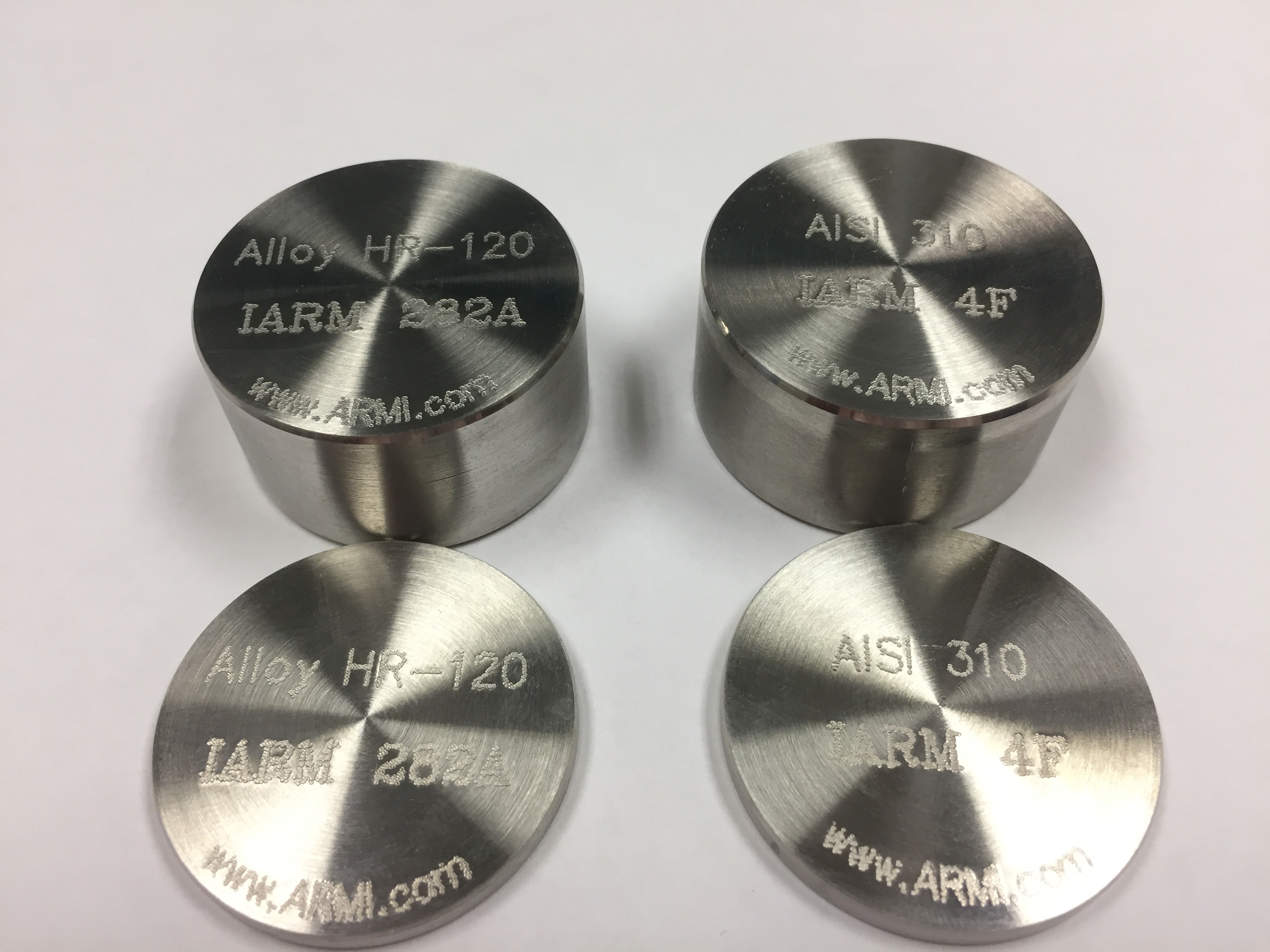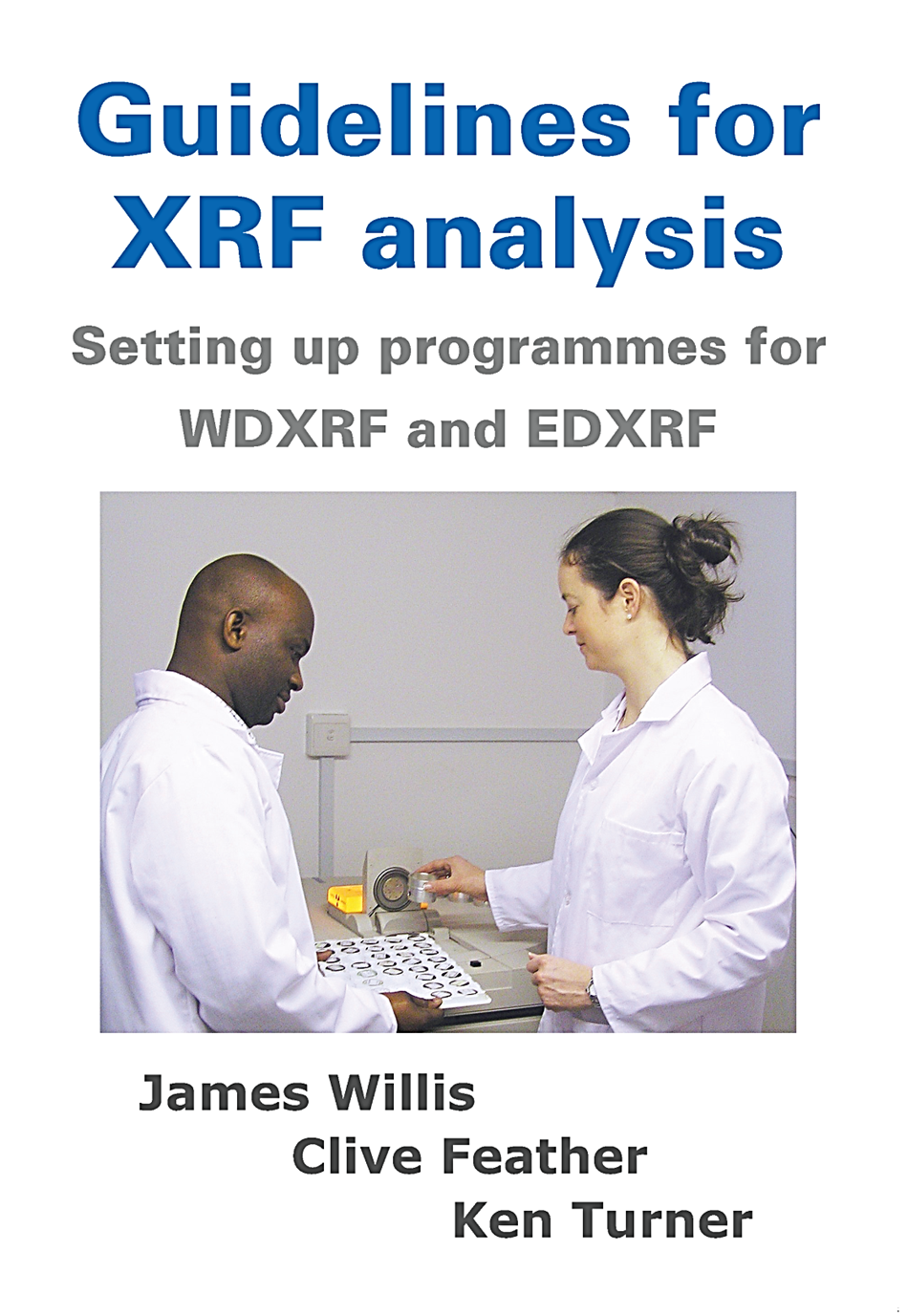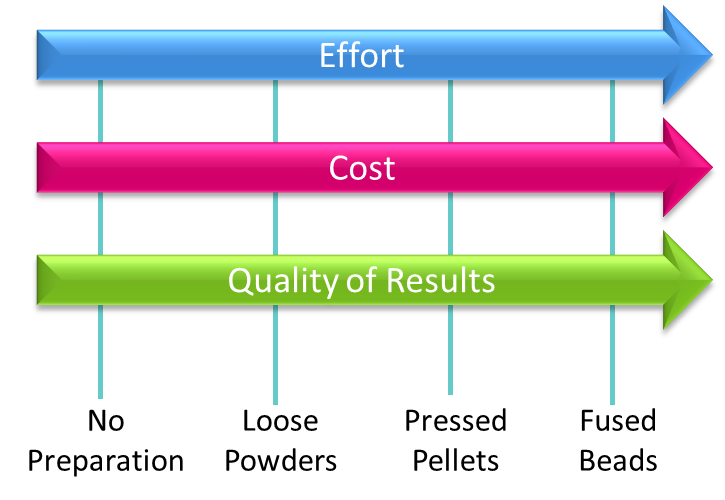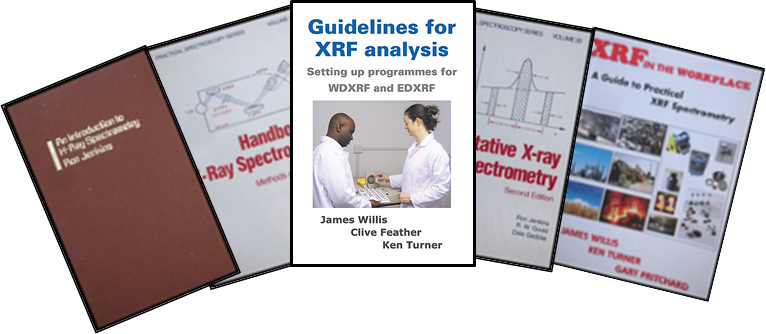Positive material identification or PMI is the act of confirming a type of metal alloy based on its chemical composition. This methodology is used in a wide range of applications where the specific chemical composition or grade of the alloy is critical and specific for its end use. PMI is used most commonly in industrial settings where use of the wrong metal alloy grade can result in premature corrosion or even failure of a structure, creating a potentially serious safety hazard. The chemical verification of alloys already in use in various industrial applications often requires that the analysis be non -destructive and performed insitu. The analysis is most commonly performed using a handheld XRF unit often called a "PMI gun" or with a portable Spark-OES instrument.
Positive Material Identification
[fa icon="calendar'] Jan 4, 2021 4:00:00 AM / by Kim Halkiotis posted in XRF, positive material identification
How to Prepare Metal Alloy Samples for Analysis by XRF
[fa icon="calendar'] Oct 28, 2019 2:58:38 PM / by Kim Halkiotis posted in XRF, Sample Preparation, metal alloys
Metal samples are often considered to be one of the easiest sample types to measure using XRF, but an incorrectly prepared surface can have a huge impact on the quality of the measured data. The quality of the sample preparation will impact every aspect of the analysis, from the calibration through to analysis of unknown materials.
What you need to know about the analysis of S in fuels by WDXRF
[fa icon="calendar'] Oct 9, 2019 2:49:42 PM / by Kim Halkiotis posted in XRF, WDXRF, monitor, Sulfur in oil
How to Choose the Correct Aluminum Reference Material for your Application
[fa icon="calendar'] May 16, 2017 1:22:14 PM / by Charlie Hodges posted in XRF, aluminum Alloys, OE
Aluminum reference materials are selected using several criteria: by grade, by major elements, or by concentration specifications. It can be a bit confusing to find the best reference material for your application. In this post, I’ll describe various types of aluminum reference materials and offer some suggestions on choosing the best option to meet your objectives.
6 Things to Consider when Making Pressed Pellets for XRF Analysis
[fa icon="calendar'] Apr 28, 2017 7:23:47 AM / by Dave Coler posted in XRF, Sample Preparation, pressed pellets
Introduction
XRF (X-ray Fluorescence Spectrometry) is a chemical analysis tool commonly used for the quality control of raw materials and finished products in many industries including cement, mining and industrial minerals. The capabilities of XRF instrumentation have advanced significantly in the past decade in both sensitivity and stability such that they are no longer the most important source of error in an analysis. Sample preparation is now by far the most significant source of error in the analysis of materials by XRF. Viewed from this perspective, it is clear that high quality sample preparation techniques and practices are the key to achieving consistent and reliable analytical results.
New Product Release: IARM 282A and 4F
[fa icon="calendar'] Apr 12, 2017 12:43:49 PM / by Dave Coler posted in XRF, metal alloys, stainless steel alloys, Haynes alloys
LGC ARMI is pleased to announce the release of two new standards, IARM 282A and IARM 4F.
These reference materials are available in three different forms depending on your analytical technique; 38mm diamater x 3mm thickness for XRF, 38mm diameter x 19mm thickness for arc spark OES or as chips for analysis by ICP or AA.
Top 5 XRF Reference Textbooks
[fa icon="calendar'] Mar 27, 2017 10:29:46 AM / by Dave Coler posted in XRF, Sample Preparation, Certified Reference Materials
XRF or X-Ray Fluorescence spectrometry is an elegant chemical analysis technique used frequently in many industries for quality control of materials and R&D. Despite its widespread use in industry, it is an analytical technique rarely encountered by students in colleges and universities, especially in the United States. The rare exceptions to this are the geology departments in a few institutions where the technique is still used for geochemical studies.
The 5 most common ways to prepare samples for XRF analysis
[fa icon="calendar'] Mar 24, 2017 1:42:55 PM / by Dave Coler posted in XRF, Sample Preparation
Sample Preparation for XRF Analysis
The 5 most common ways to prepare samples for XRF analysis
[fa icon="calendar'] Mar 24, 2017 9:19:51 AM / by Dave Coler posted in XRF, Sample Preparation
Sample Preparation for XRF Analysis
Top 5 XRF Reference Textbooks
[fa icon="calendar'] Mar 23, 2017 3:47:22 PM / by Dave Coler posted in XRF, Sample Preparation, Certified Reference Materials
XRF or X-Ray Fluorescence spectrometry is an elegant chemical analysis technique used frequently in many industries for quality control of materials and R&D. Despite its widespread use in industry, it is an analytical technique rarely encountered by students in colleges and universities, especially in the United States. The rare exceptions to this are the geology departments in a few institutions where the technique is still used for geochemical studies.

